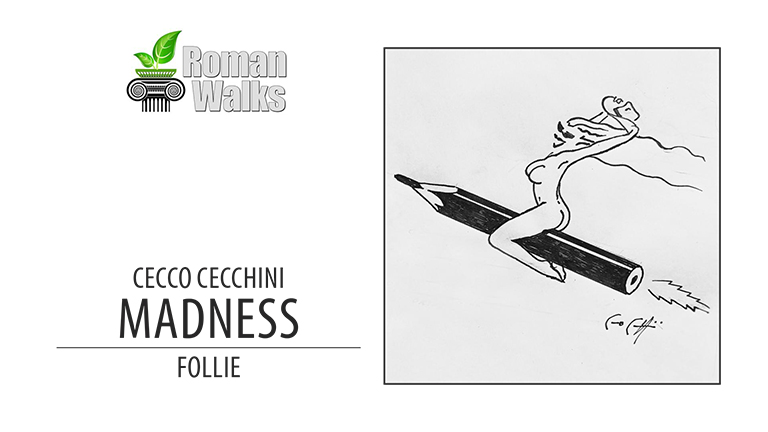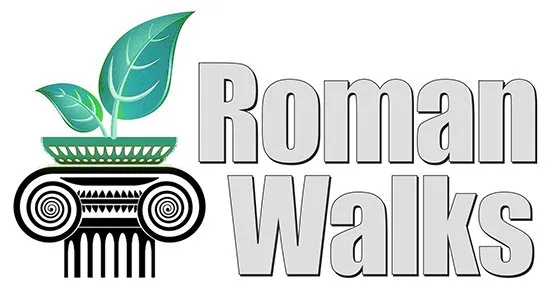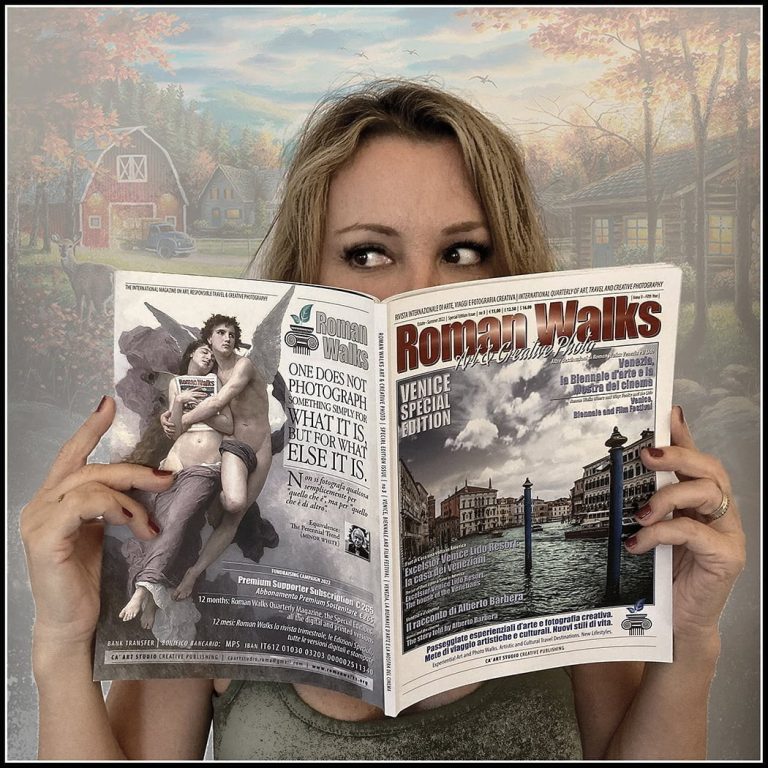As a painter and musician, I admit that I have always been fascinated by the historic Fender and Gibson guitars (which, by the way, I also have the pleasure of playing…), and recently I wanted to give them a personal artistic tribute, painting them in real size and creating a line of posters that represent real artistic prints. I kept to the most qualified sources for the technical specifications of the instruments and, although I used traditional painting techniques, I painted “more with gauge than with brush and oil paints”.
 The guitars are represented in full size, perfectly 1:1, in hyperrealistic style: many “aficionados” and admirers already proudly display them on the walls of their own home. These are instruments that have marked the history of rock music, starting from when the electric guitar became the irreplaceable symbol of that musical genre. Starting from the fifties, the guitars that have left a mark in spreading the “new sound”, were basically those of two brands: Fender and Gibson. Already in 1948, Leo Fender created the first full-body guitar (solidbody) in his laboratory, initially earning the distrust of those who thought of the guitar as an exclusively acoustic bass guitar. The Fender Telecaster (in homage to television, a new medium of communication) in ash and maple, with the handle mounted with four screws (instead of glued), began to bite with its metal stamp (twang). In the following years Gibson repeated the Les Paul model, with a fuller sound, but Fender in 1954 launched the Stratocaster that eventually became the guitar-icon of blues-rock. Today, market logics impose questionable standards of construction, but the authentic “cult” musicians are always looking for “vintage” instruments: as they were built when the wood naturally Agionava and assembly “masterbuilt” was performed by hand by experienced luthiers. Here they are!
The guitars are represented in full size, perfectly 1:1, in hyperrealistic style: many “aficionados” and admirers already proudly display them on the walls of their own home. These are instruments that have marked the history of rock music, starting from when the electric guitar became the irreplaceable symbol of that musical genre. Starting from the fifties, the guitars that have left a mark in spreading the “new sound”, were basically those of two brands: Fender and Gibson. Already in 1948, Leo Fender created the first full-body guitar (solidbody) in his laboratory, initially earning the distrust of those who thought of the guitar as an exclusively acoustic bass guitar. The Fender Telecaster (in homage to television, a new medium of communication) in ash and maple, with the handle mounted with four screws (instead of glued), began to bite with its metal stamp (twang). In the following years Gibson repeated the Les Paul model, with a fuller sound, but Fender in 1954 launched the Stratocaster that eventually became the guitar-icon of blues-rock. Today, market logics impose questionable standards of construction, but the authentic “cult” musicians are always looking for “vintage” instruments: as they were built when the wood naturally Agionava and assembly “masterbuilt” was performed by hand by experienced luthiers. Here they are!



